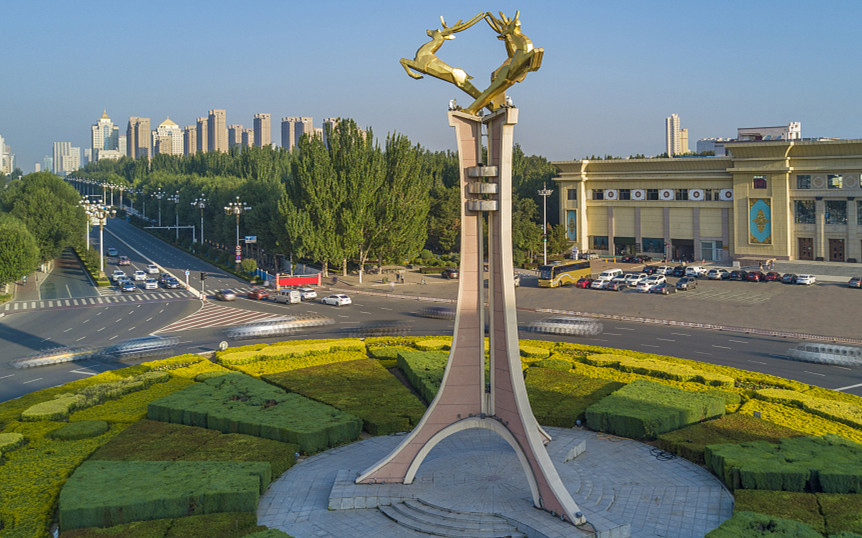Lush prairies, ethnic festivals make Baotou travelers' paradise on May Day holiday
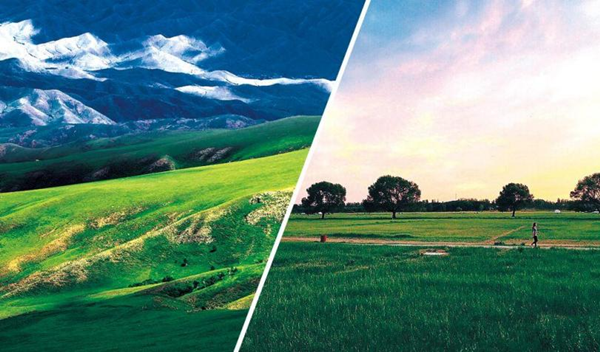
Saikhantal Grassland in Baotou [Photo/Baotou news network]
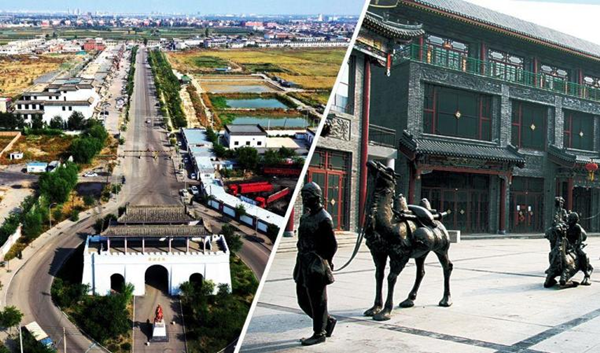
Qiaojia Street [Photo/Baotou news network]
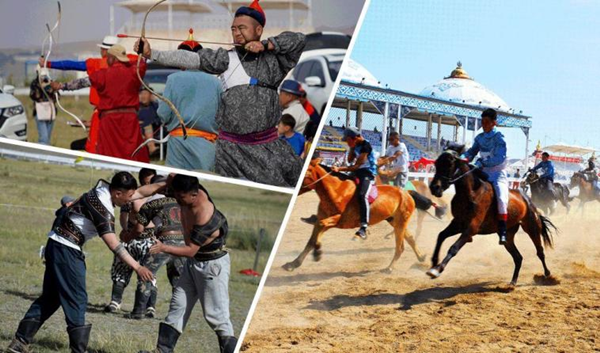
Nadam is held in Baotou. [Photo/Baotou news network]
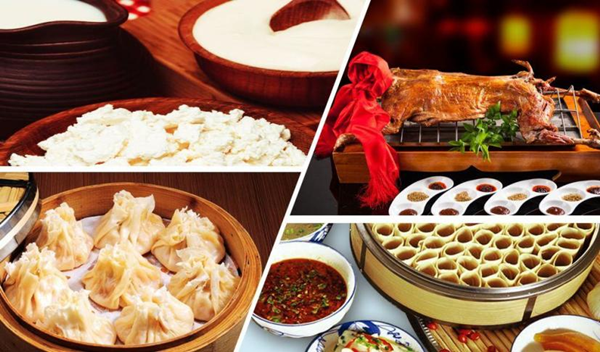
Delicacies of Baotou [Photo/Baotou news network]
Chunkun Mountain Ecological Scenic Spot in Guyang county of Baotou city in North China's Inner Mongolia autonomous region is expected to reopen to the public on April 28, local media reported.
The mountain covers 30 square kilometers. It is the largest alpine meadow grassland in the central and western parts of the region and has hot springs available all year round. Its main peak, Hongqi Peak, sits at 2,340 meters above sea level – the highest altitude in Baotou city. Even on the hottest days, tourists can enjoy a cool breeze while standing there.
Saikhantal Grassland is a pearl in the center of Baotou. It ranks as the largest urban grassland in Asia and a unique calling card for the city that showcases the beauty of the local topography.
Baotou has a section of the Great Wall dating back to the Qin Dynasty (221-227 BC). It is situated in the northwest of Guyang county.
Qiaojia Street in Baotou is an ancient architectural community that reflects the commercial prosperity of Old Baotou during the Ming and Qing dynasties. It also reproduces the brilliance of merchants from Shanxi in North China, represented by the Qiao family.
The Nadam Festival is a grand event that takes place each year on the grassland. A thrilling variety of activities will be staged, including rousing singing and lively dance performances, as well as "bokh", or Mongolian wrestling, and horsemanship and archery events.
Baotou has a great variety of delicacies with local characteristics. The meat dishes of the Mongolian people in this nomadic region mainly feature mutton, goat meat and beef. Roasted whole lamb is another traditional Baotou delicacy. It is a whole lamb roasted on a spit, with the skin left on but the wool removed. The roasted lamb is golden red in color, with crispy skin and tender meat. It is a symbol of Inner Mongolian cuisine.

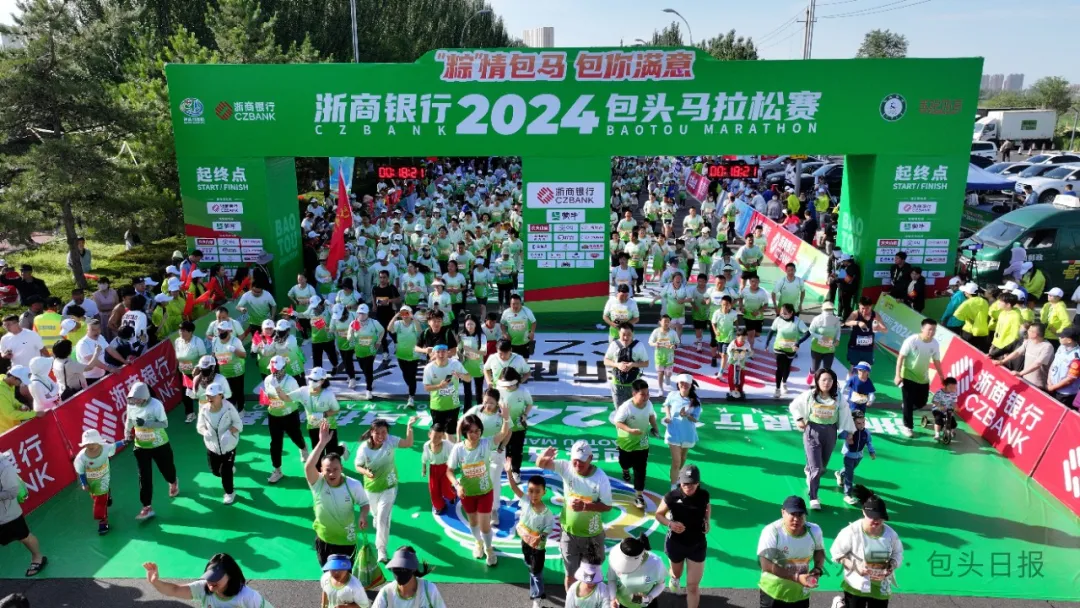
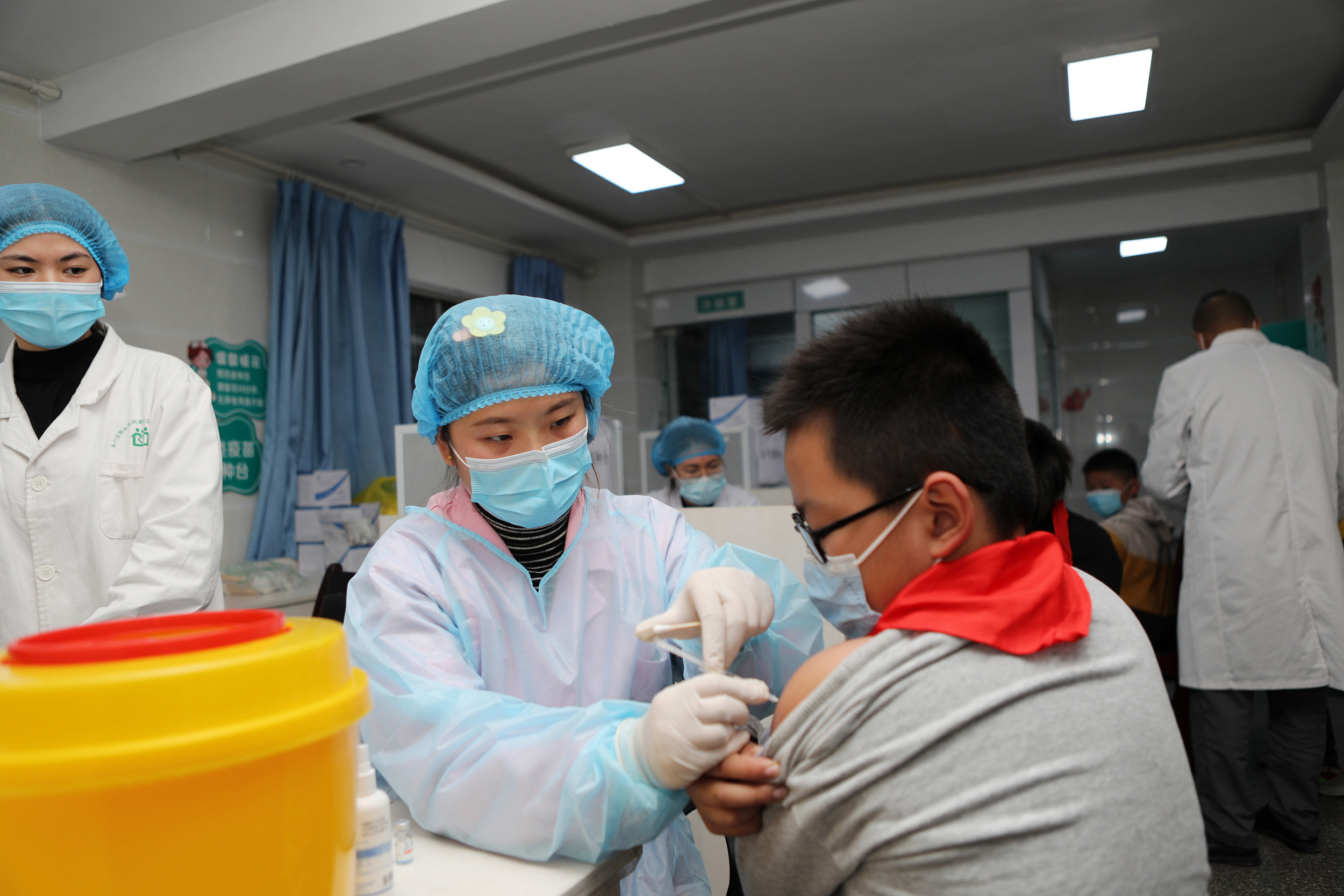
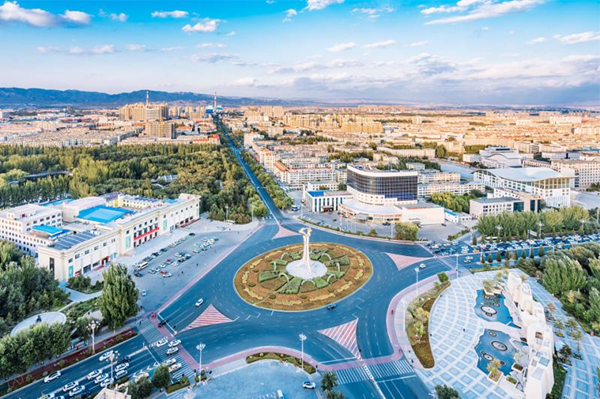
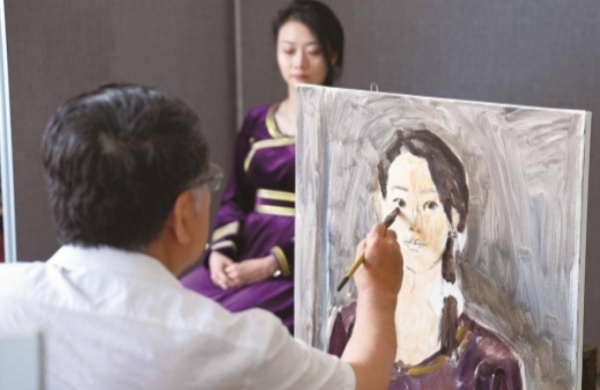
 Sketching and creation tour in Baotou
Sketching and creation tour in Baotou